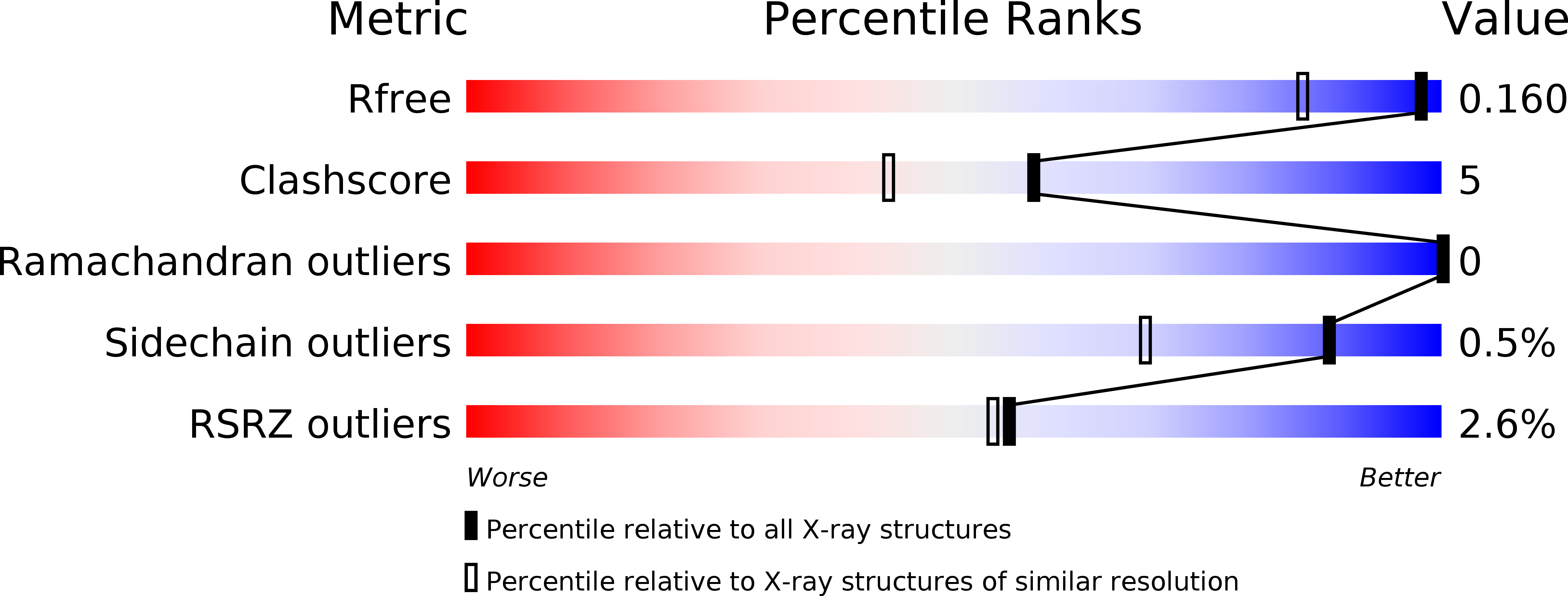
Deposition Date
2012-10-08
Release Date
2013-10-09
Last Version Date
2023-11-15
Entry Detail
PDB ID:
4HGC
Keywords:
Title:
Crystal structure of bovine trypsin complexed with sfti-1 analog containing a peptoid residue at position p1
Biological Source:
Source Organism:
Helianthus annuus (Taxon ID: 4232)
Bos taurus (Taxon ID: 9913)
Bos taurus (Taxon ID: 9913)
Method Details:
Experimental Method:
Resolution:
1.29 Å
R-Value Free:
0.15
R-Value Work:
0.12
R-Value Observed:
0.12
Space Group:
P 21 21 21


